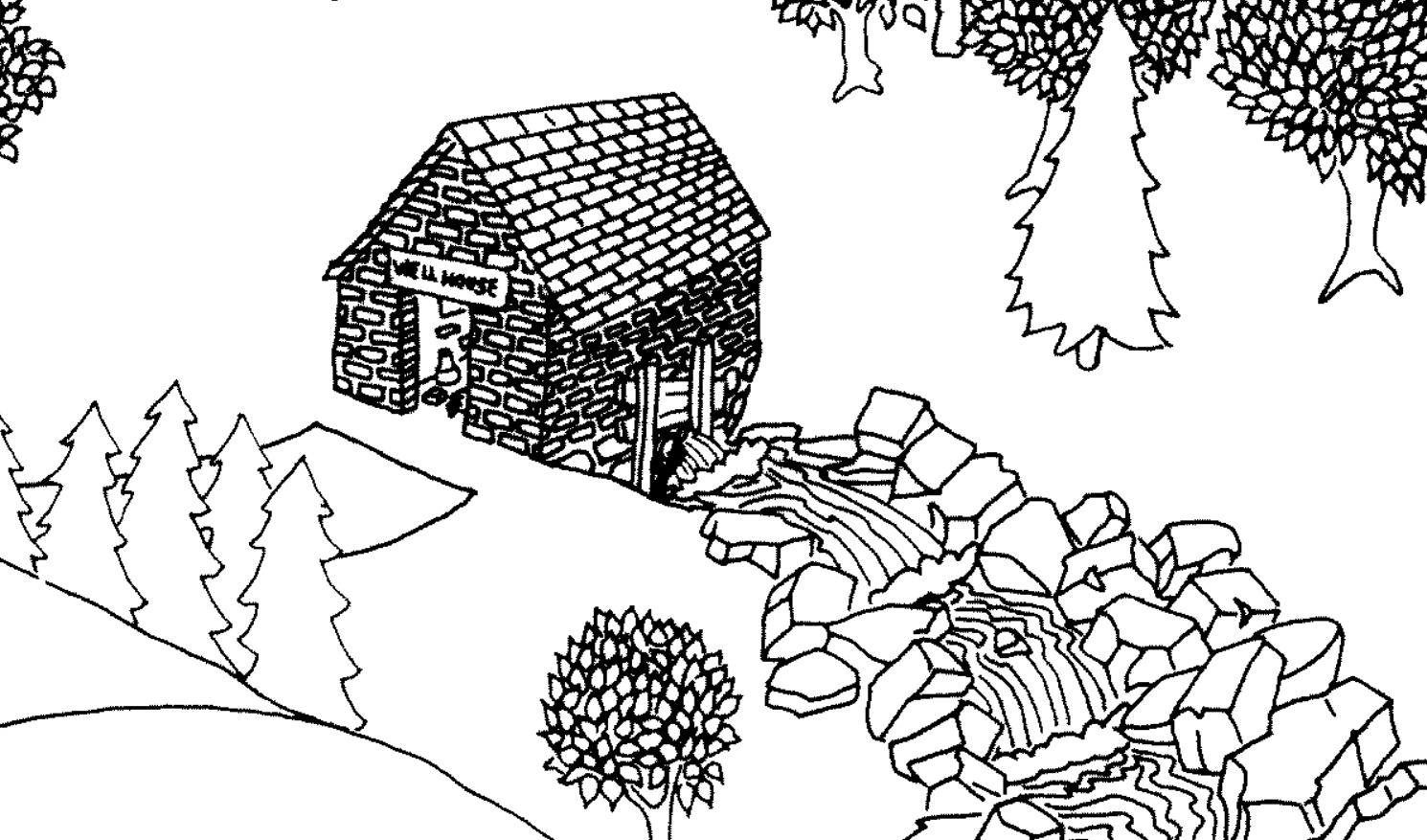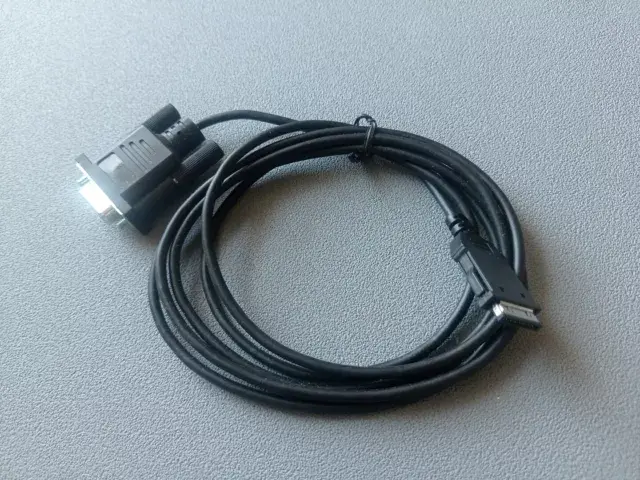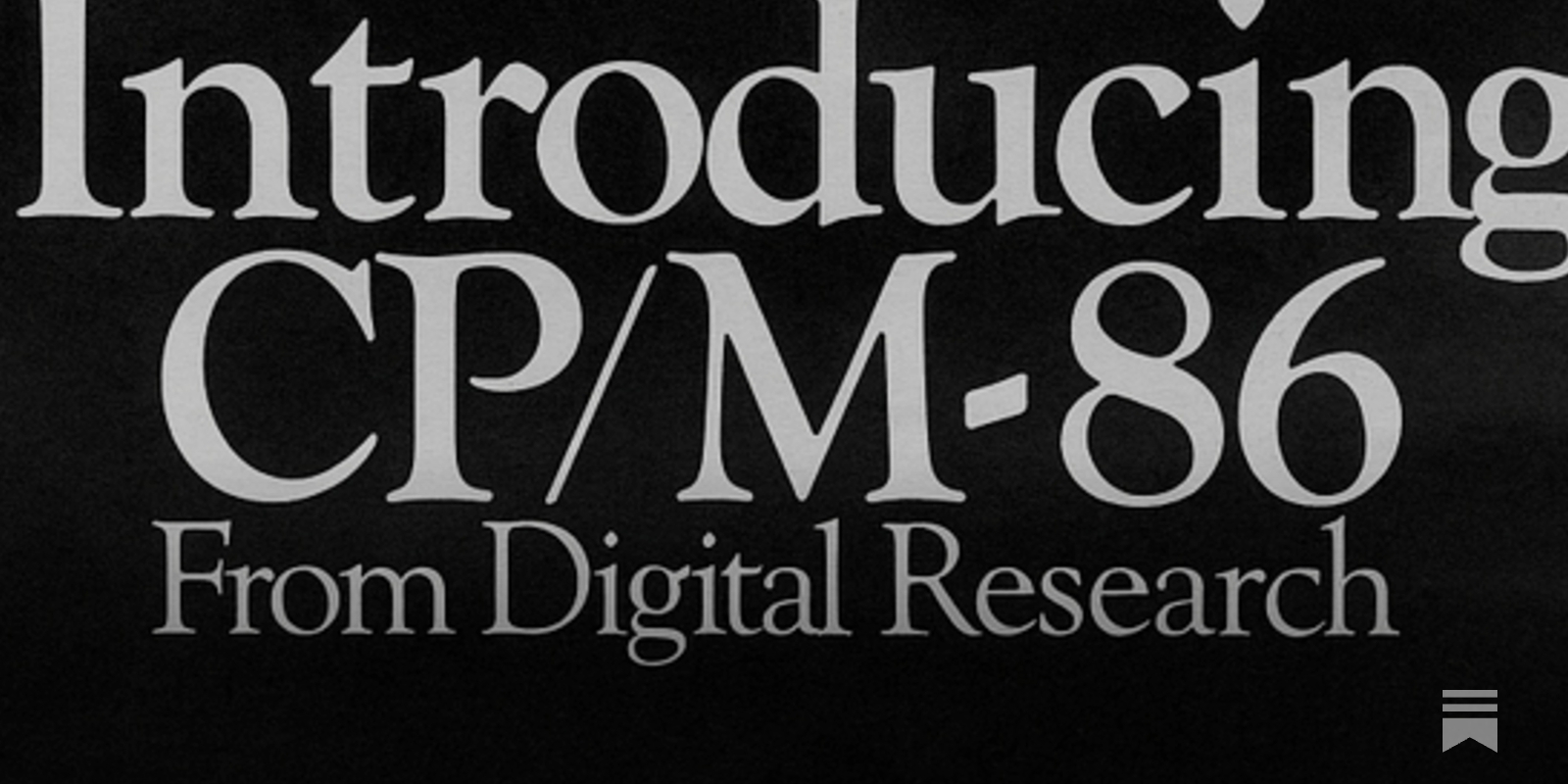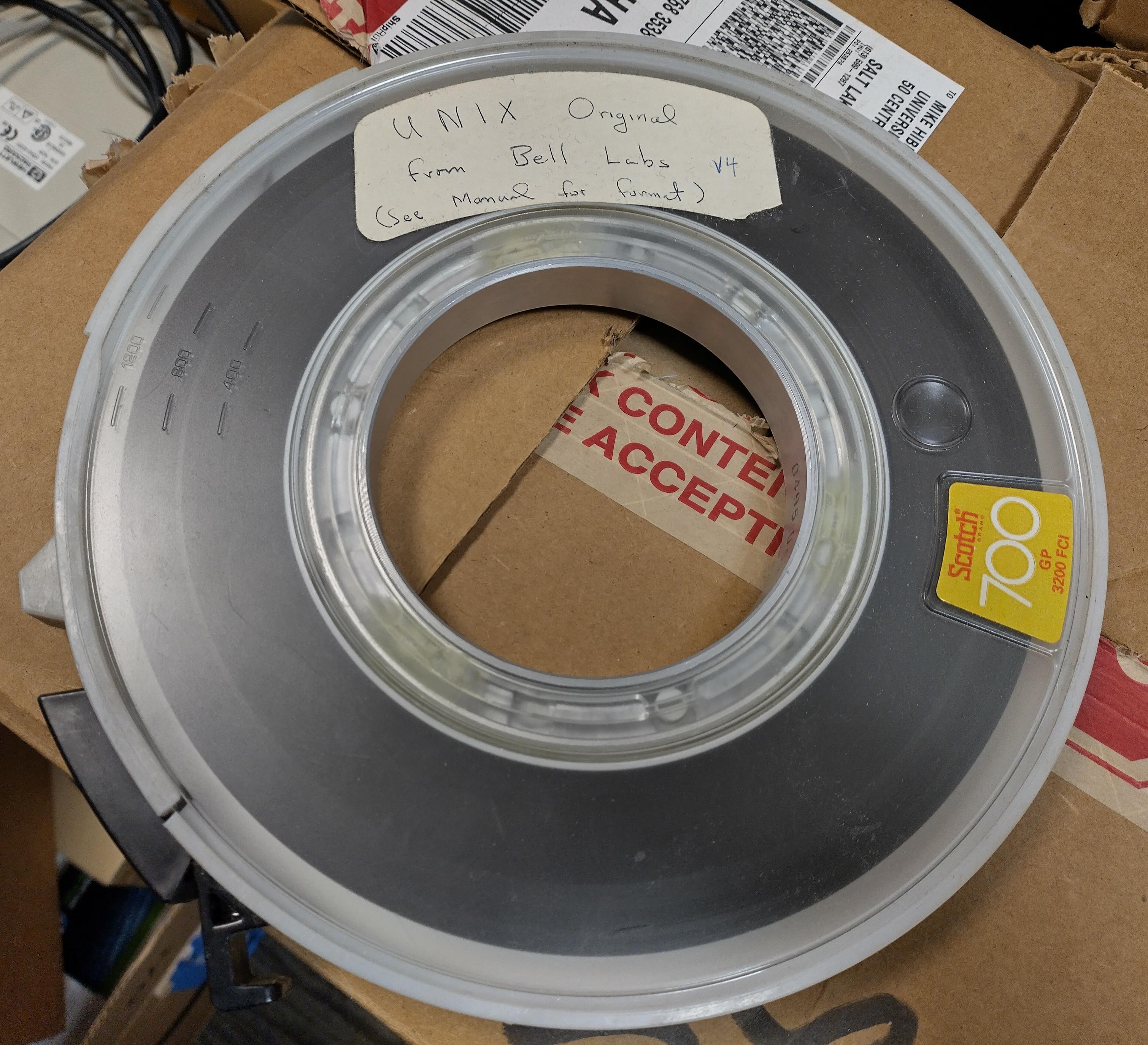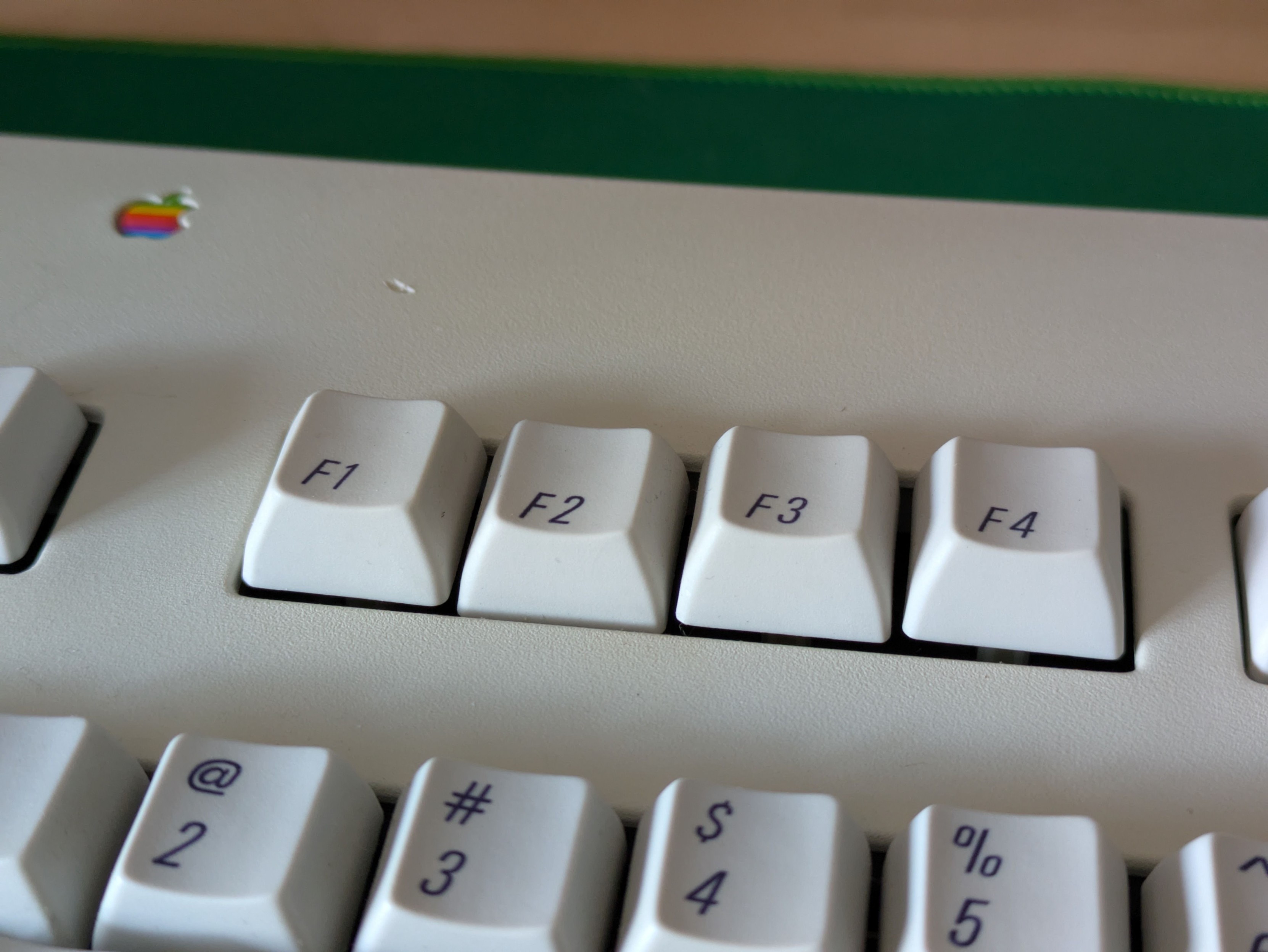Final results of my quest to run NetBSD 10.1 on my 486 system with obligatory fastfetch screen shot.
After getting NetBSD to install from floppies, the biggest challenge was getting it to use memory effectively, otherwise it would spend all its time on swap. Trick was building a custom kernel, turning off many of the daemons (syslogd, cron, ntpd, etc) and sysctl tuning.
Still a few more things I can do to lower the memory footprint, like using dropbear for ssh instead of openssh. Right now though it's relatively usable over ssh, few pauses here and there be generally responsive. Going to try X11 next, which will be interesting.
As for specs, the system is heavily Gateway 2000 486DX2-66Mhz "Family PC" slimline desktop circa 1994. Very similar to my first PC (mine was a 50Mhz version with no PCI slots).
- Anigma LP4IP1 motherboard, 3x ISA and 2x PCI on a riser card
- AMD X5-133Mhz AWD CPU @ 100Mhz (upgraded from the 66Mhz) with a 40mm Noctua fan
- 48Mb of memory
- 4Gb Industrial Compact Flash card in IDE adapter
- ATI Mach64 PCI video card
- Intel Pro 10/100 PCI network card
- ATX4VC with an 80 watt PicoPSU
- Gotek floppy emulator
- GW-12887-1 Dallas DS12887 RTC Replacement clock
- 80mm Noctua case fan
#netbsd #bsd #retrocomputing #486 #fastfetch





